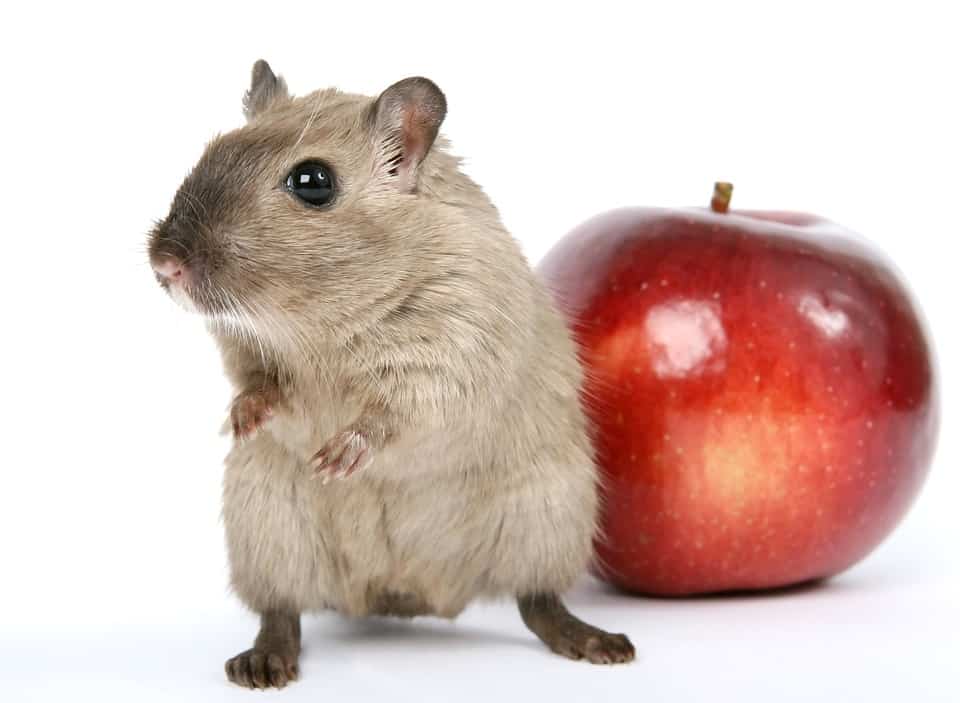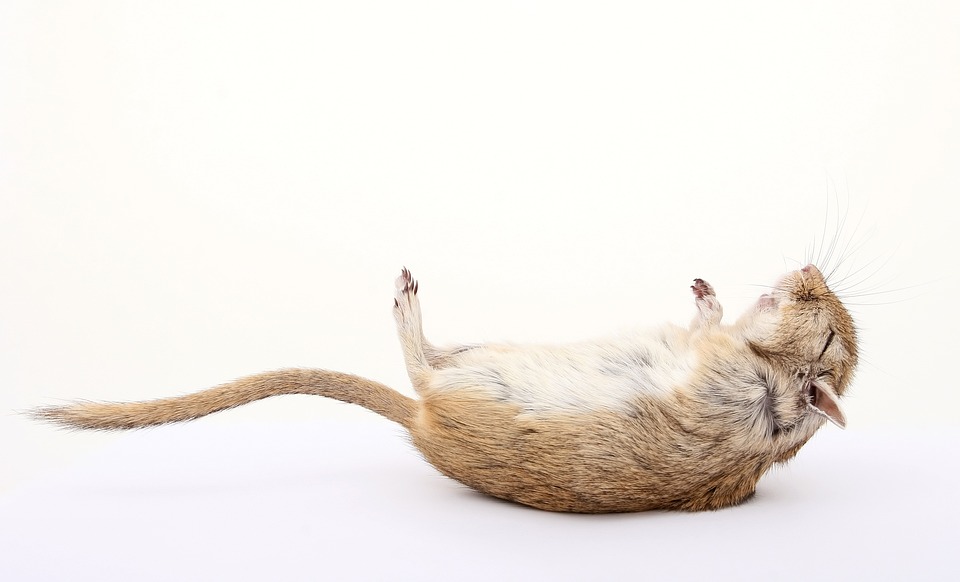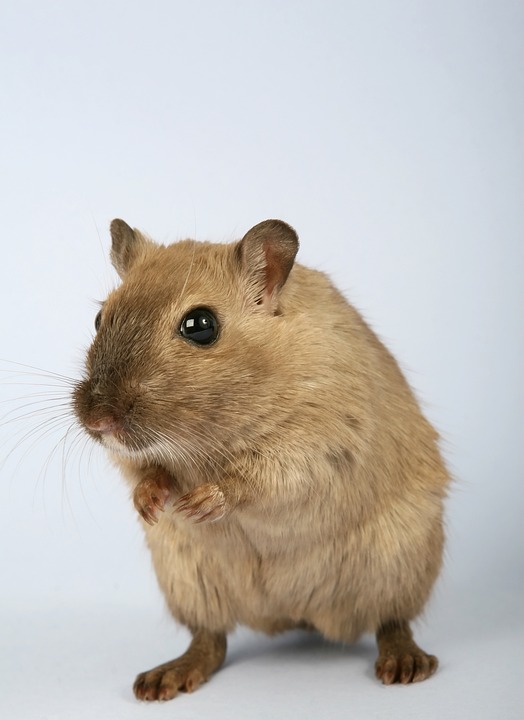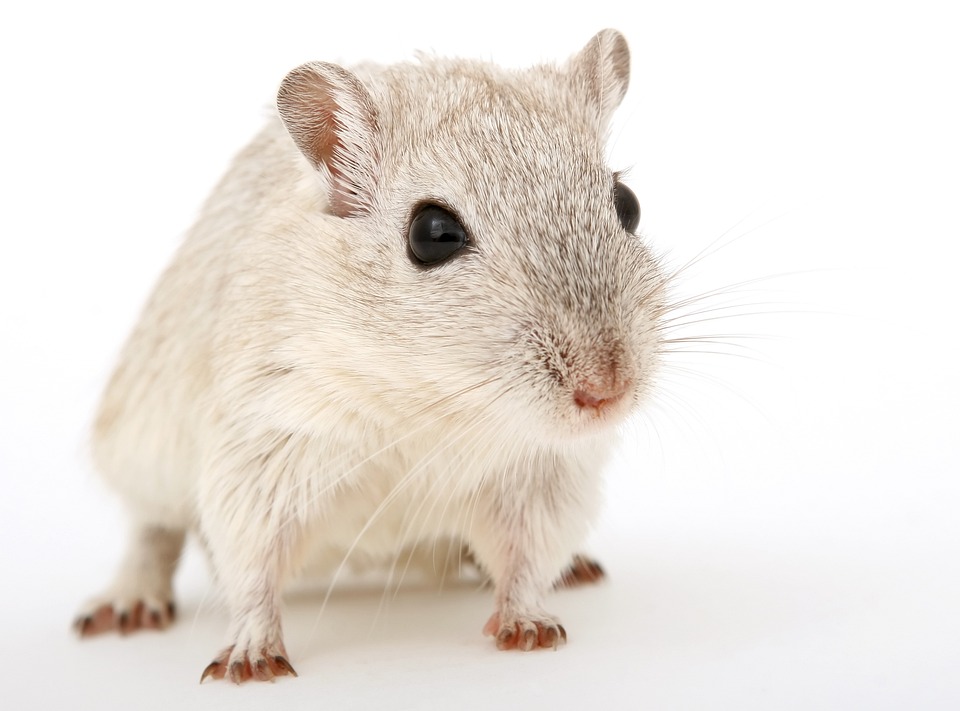Why are Sustainable and Ethical Fur Alternatives becoming more popular?
In recent years, there has been a significant increase in consumer demand for sustainable and ethical fur alternatives. This can be attributed to a growing awareness of the environmental and ethical issues associated with traditional fur production. As more people become aware of the negative impact of fur farming and trapping on animal welfare and the environment, they are seeking out alternative options that align with their values.
Additionally, advancements in technology and innovation have made it possible to create high-quality synthetic and plant-based fur alternatives that closely resemble the look and feel of real fur. These sustainable alternatives provide consumers with a cruelty-free and environmentally friendly option without compromising on style and luxury.
What are some examples of Sustainable and Ethical Fur Alternatives?
There are several sustainable and ethical fur alternatives available on the market today. One example is faux fur, which is made from synthetic materials such as polyester or acrylic. Faux fur has come a long way in terms of quality and can often be mistaken for real fur. Another example is plant-based fur alternatives, which are made from natural fibers such as bamboo, hemp, or Tencel. These materials offer a sustainable and biodegradable option for those seeking an ethical fur alternative.
In addition, recycled fur is also gaining popularity as a sustainable alternative to traditional fur. This involves repurposing existing fur garments or accessories, reducing the demand for new fur production and minimizing waste. These sustainable fur alternatives offer consumers a wide range of choices to fit their personal preferences and values.
How can consumers support the shift towards Sustainable and Ethical Fur Alternatives?
Consumers can support the growing trend of sustainable and ethical fur alternatives by making informed purchasing decisions and choosing products that align with their values. By opting for faux fur, plant-based fur alternatives, or recycled fur, consumers can send a powerful message to the fashion industry that there is a demand for cruelty-free and environmentally friendly options.
It is also essential for consumers to educate themselves about the impact of traditional fur production and the benefits of sustainable alternatives. By raising awareness and advocating for ethical and sustainable practices, consumers can play a significant role in driving positive change within the fashion industry.
What are the benefits of choosing Sustainable and Ethical Fur Alternatives?
Choosing sustainable and ethical fur alternatives offers a range of benefits for both consumers and the environment. Firstly, these alternatives allow individuals to enjoy the luxurious look and feel of fur without supporting cruel and harmful practices towards animals. By opting for cruelty-free options, consumers can align their fashion choices with their ethical beliefs.
Additionally, sustainable fur alternatives help reduce the carbon footprint and environmental impact of the fashion industry. By choosing synthetic or plant-based materials, consumers contribute to the reduction of greenhouse gas emissions, water pollution, and habitat destruction associated with traditional fur production. This promotes a more sustainable and environmentally conscious approach to fashion consumption.
Conclusion
The growing trend of sustainable and ethical fur alternatives reflects a positive shift towards more conscientious and environmentally friendly fashion choices. With increasing consumer awareness and demand for cruelty-free options, the fashion industry is responding by offering a wide range of sustainable fur alternatives. By choosing these alternatives, consumers can support ethical practices and contribute to a more sustainable future for fashion.
FAQs
1. Can sustainable and ethical fur alternatives provide the same level of quality and style as traditional fur?
Yes, advancements in technology and innovation have made it possible for sustainable fur alternatives to closely resemble the look and feel of real fur. Faux fur, plant-based fur alternatives, and recycled fur offer high-quality and stylish options without compromising on luxury.
2. Are sustainable and ethical fur alternatives more expensive than traditional fur?
While some sustainable fur alternatives may be priced similarly to traditional fur, there are also affordable options available on the market. Additionally, the long-term benefits of supporting ethical and sustainable practices can outweigh any potential cost differences.
3. How can I ensure that the sustainable fur alternative I choose is truly ethical and eco-friendly?
Consumers can look for certifications and labels that indicate a product’s ethical and sustainable credentials, such as the PETA-approved Vegan label or certifications from organizations promoting ethical and sustainable fashion practices. Additionally, researching brands and their sourcing and production methods can provide insight into their commitment to ethical and sustainable practices.
4. Are there any specific considerations when caring for sustainable fur alternatives?
Caring for sustainable fur alternatives is similar to caring for traditional fur. It is essential to follow the care instructions provided by the manufacturer to ensure the longevity and quality of the product. With proper care, sustainable fur alternatives can maintain their appearance and durability over time.
5. How can I advocate for sustainable and ethical fur alternatives within the fashion industry?
Consumers can advocate for sustainable and ethical fur alternatives by supporting brands that prioritize ethical and sustainable practices, sharing information and resources about sustainable alternatives, and engaging in conversations about the importance of ethical fashion choices. By raising awareness and demonstrating a demand for cruelty-free and environmentally friendly options, consumers can play a significant role in driving positive change within the fashion industry.



